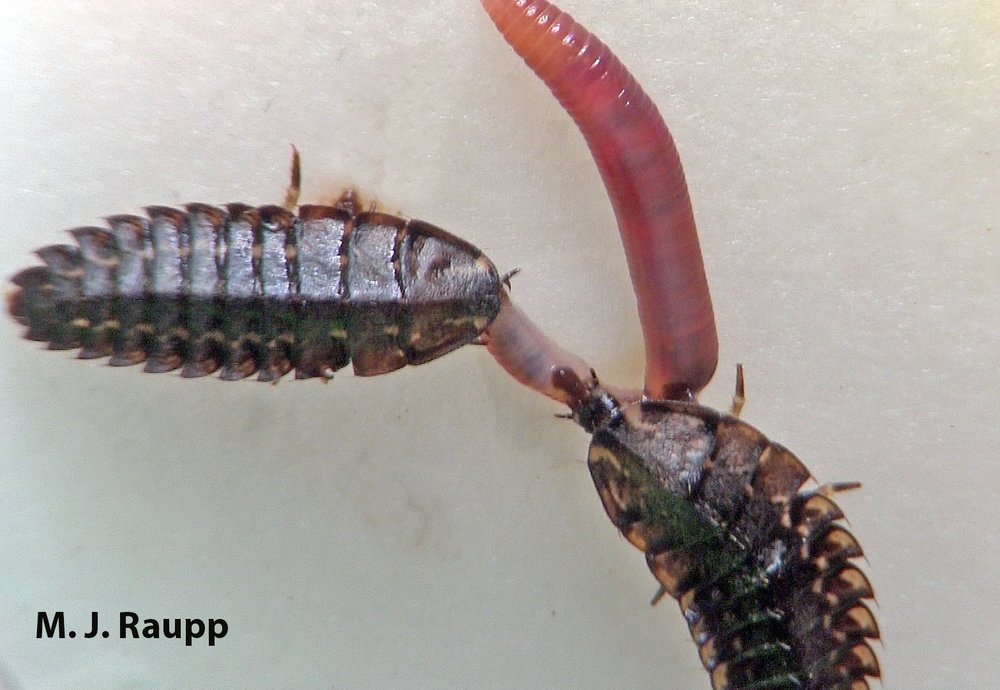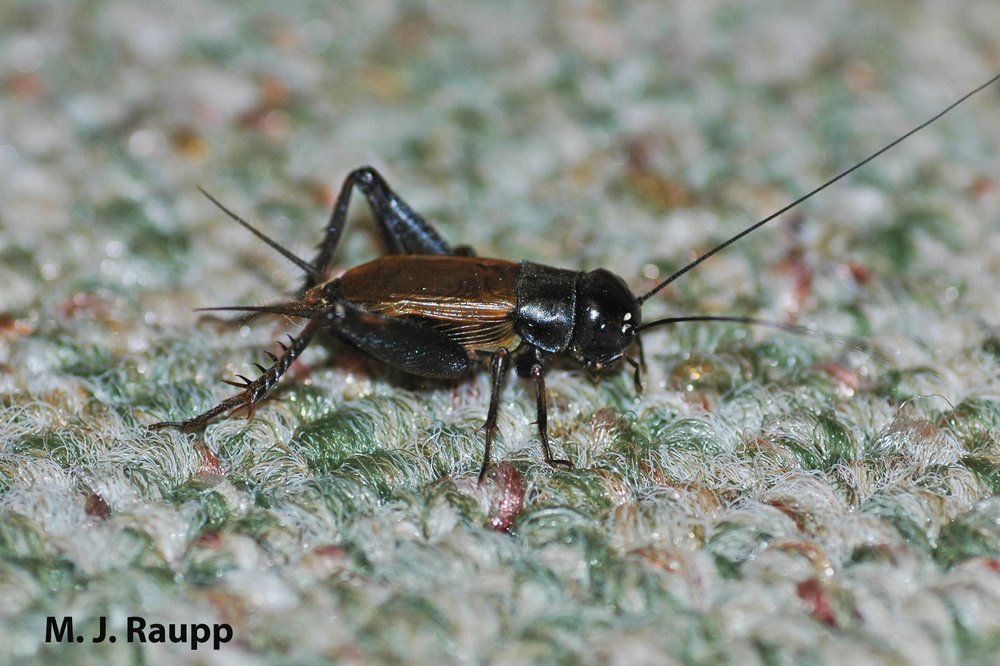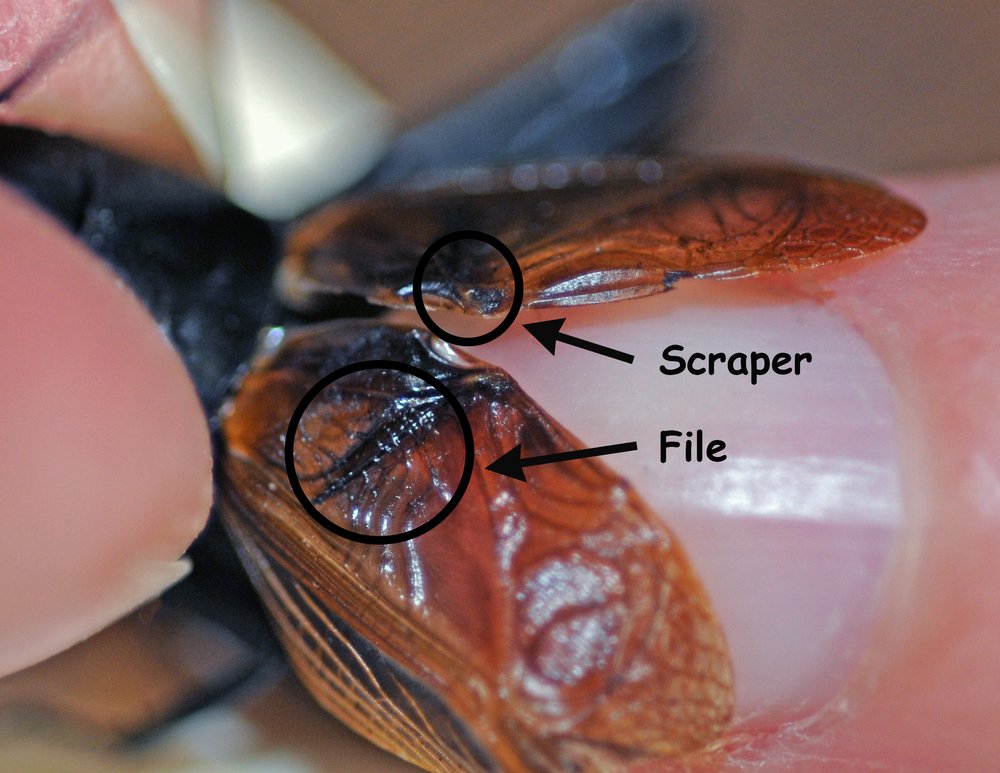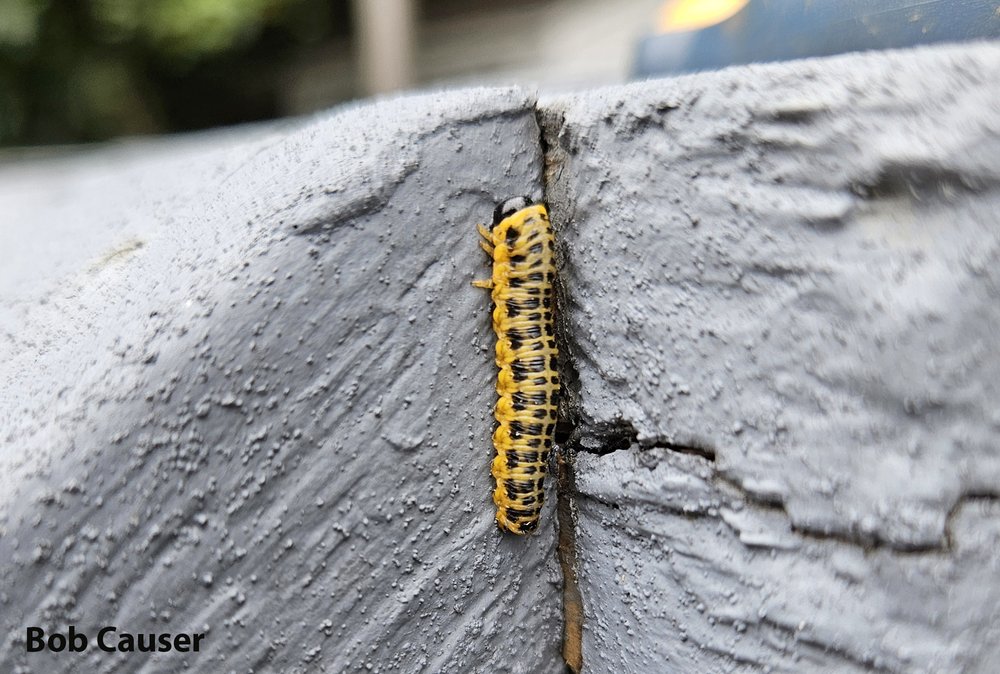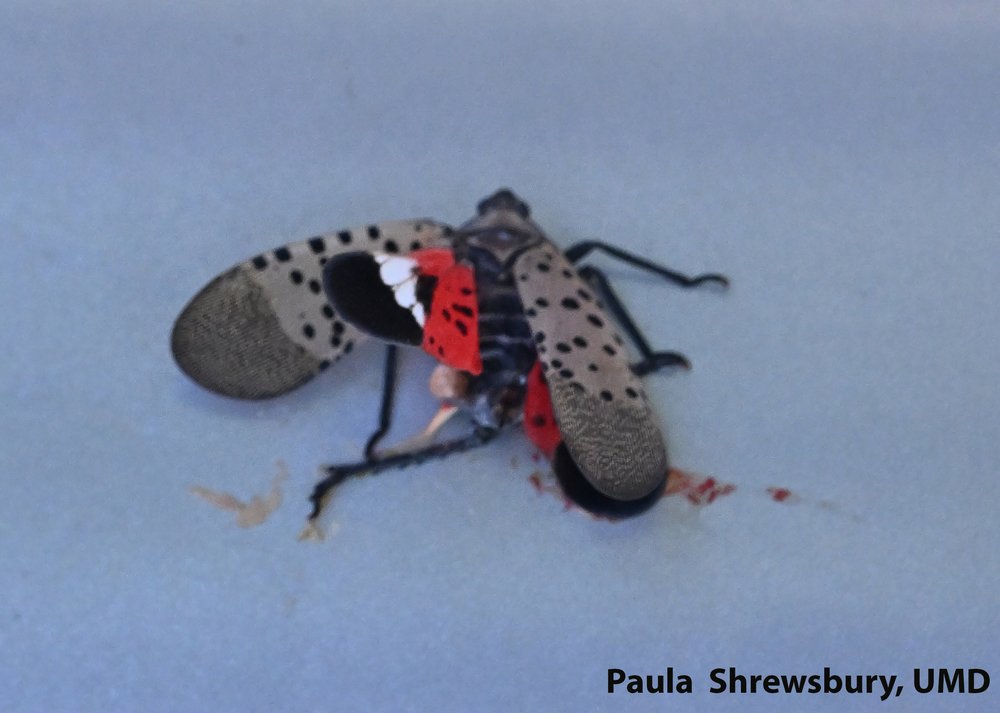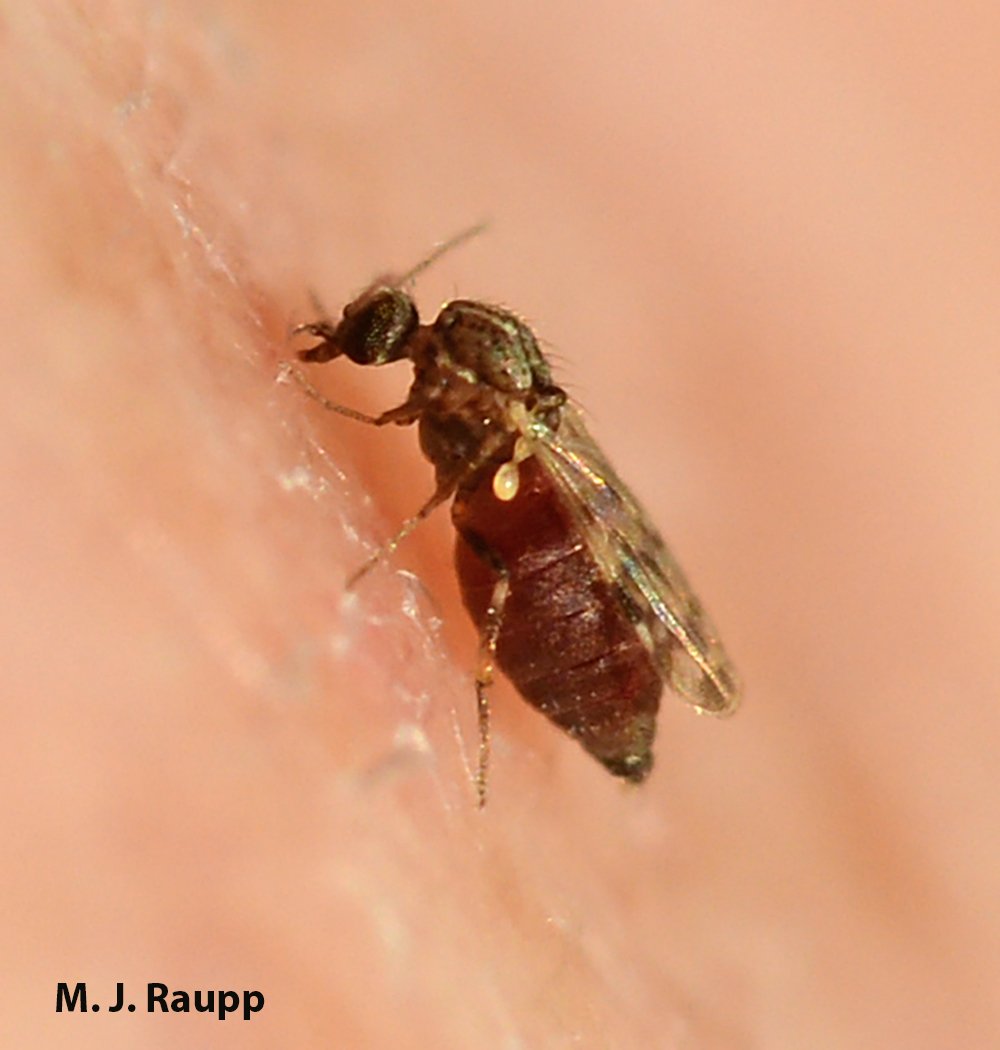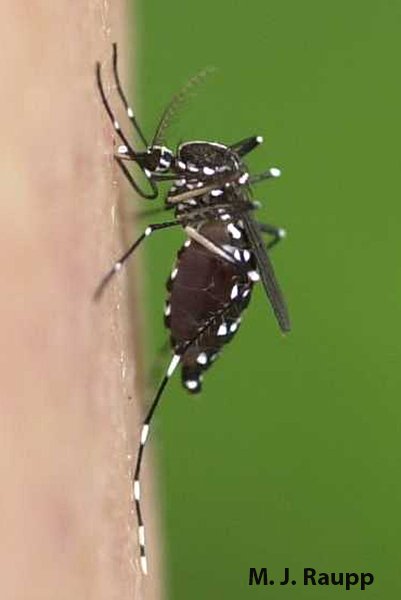Identifying Carpenter Ants: What Do These Destructive Pests Look Like?
Like termites, carpenter ants are often considered “silent destroyers.” However, these pests don’t actually eat wood. Instead, they tunnel through it to build their extensive network of colonies and nests. In the broader ecosystem, they provide a beneficial service by hastening the decomposition of dead and decaying trees. When they invade manmade structures, however, they can spell disaster.
Catseye Pest Control has decades of experience helping properties of all types eliminate these destructive pests. Explore the details you need to know to identify carpenter ants, including signs of an infestation, and get tips for getting rid of them for good.
Introduction to Carpenter Ants
Carpenter ants are among the largest of the 600 species of ants found in the United States. They are found throughout the entire country and are particularly common in the North, where the cool, damp environment allows them to thrive. They are known as polymorphic insects because their colonies are made up of workers that vary in size, typically with just a single wingless queen.
Importance of Proper Identification to Prevent Damage
Carpenter ants cost property owners millions of dollars in repairs and control measures. If you don’t know how to distinguish these ants from their less destructive counterparts, you could easily brush off an ant sighting and potentially miss your opportunity to act quickly to contain the problem. Properly identifying carpenter ants inside homes, buildings, and other structures is essential to achieving control and halting potentially widespread damage.
Size, Color, and Distinguishing Features of Carpenter Ants
Various species of carpenter ants (Camponotus spp.) call the U.S. home. In New England, and in most of the Northeastern part of the country, Camponotus pennsylvanicus, with its large, shiny, black body, is the most common. You may also spot carpenter ants that sport a reddish-brown midsection.
Color and size aren’t always reliable indicators because carpenter ant workers can vary in size. They may be black or red and black, with bodies typically reaching 3/8 to 1/2 inch in length. Queens often grow up to one inch long.
One of the most distinguishing features is the carpenter ant’s body. These ants have a defined waist with a single petiole or node. If you look at a carpenter ant from the side, you will notice that the area behind their head, called the thorax, is evenly rounded.
Carpenter Ants vs. Termites
Late spring through early summer, mature males and females sprout wings and locate their mates. They mate in midair before the queen sheds her wings and finds a chamber to lay her eggs and build the nest. Winged carpenter ants look remarkably like winged termites. However, the two have distinct differences that you can use to differentiate them for proper identification.
Key Differences in Appearance
To figure out whether you are looking at a winged termite or a carpenter ant, consider three defining characteristics.
- Antennae: Termites have straight antennae, while carpenter ants feature segmented, elbowed antennae.
- Waist: Termites have a relatively undefined, broad waist. Carpenter ants have a narrow, defined waist.
- Wings: Both insects have two sets of wings. Termites’ wings are relatively the same shape and size, while carpenter ants have wings that are larger in front and smaller in the rear.
Differences in Behavior and Nesting
Both termites and carpenter ants love wood and are attracted to wood and moisture. However, what they do with that wood is another very telling differentiating factor. Termites consume wood and other cellulose-based products — consuming up to 2 percent of their body weight each day.
In contrast, carpenter ants excavate the wood to create chambers to lay eggs and raise their young. Called “galleries,” these excavated areas are cleanly excavated and have smooth walls.

Common Places to Find Carpenter Ants
Carpenter ants often seek wet or damaged wood, which allows them to easily begin their work of digging in to create nests. Unlike termites, they don’t randomly continue tunneling through wood. Instead, the damage is created as they expand their colonies and nesting galleries. Outdoors, the potential damage may not be an issue. Indoors as well as when they colonize structural elements outside, it can be problematic.
Where Carpenter Ants Nest Indoors
These destructive pests often enter buildings in various ways. They can climb in through any cracks and openings around windows or doors. They also crawl in through holes where utility lines and wires run from outside to the inside and along tree branches and shrub limbs. They can nest inside walls, in voids around bathtubs and sinks, under roofs, inside chimneys, and in crawl spaces.
Outdoor Habitats
Outside, carpenter ants nest in many types of wood. According to Mass Audobon, recent research shows that roughly 75 percent of carpenter ant nests are located inside dead trees. In this case, they play a beneficial role in the ecosystem as they break natural materials down. In addition to focusing on dead and decaying tree stumps and limbs, carpenter ants enjoy woodpiles, firewood, landscaping, and fence posts.
Signs of Carpenter Ant Infestation
Knowing what these ants look like is only half the battle. Understanding the various signs that indicate a carpenter ant infestation is critical. When you know what to look for, you have better odds of catching an infestation early, which can help minimize damage and enhance control. Some signs of carpenter ant infestations include the following:
Visible Ant Activity
If you see live ants that are larger than normal, it may be worth investigating to determine where they are located. Carpenter ants often tunnel into wood with minimal signs of their presence. However, you might notice fragments of wood, piles of sawdust, or other debris outside of small openings in wood surfaces.
Wood Damage
Over time, the ants’ excavation within wooden structural elements can reduce the strength of those items. It can also invite further moisture damage, which also hastens softening of the wood and compromises structural integrity.
Early Infestation Prevention and Damage Control
Left unnoticed, these silent excavators can create widespread damage to wooden structures. Catching infestations as early as possible is essential.
Inspecting for Infestation
The best course of action is to routinely perform a visual inspection of your home or building. Look for any small piles of sawdust or wood with tiny openings.
Repairing Damaged Wood and Addressing Moisture Issues
These pests need constant access to water. Therefore, when you get rid of standing water and eliminate moisture problems, you can effectively make your property less attractive. Likewise, because they are more likely to tunnel into already damaged wood, making prompt repairs of damaged wood can also be a tremendous help.
When to Call a Professional
You can try to resolve carpenter ant infestations on your own by using baits or targeted treatments as a DIY solution. However, if you notice signs of a serious infestation, you should call for professional help as soon as possible. Additionally, be aware that you may have both a main “parent” nest and one or more satellites that the ants can move between with ease.
Recognizing the Severity of an Infestation
In the earlier stages of infestations, the damage is relatively minimal. You might find one or two workers out and about as they search for food. Carpenter ants eat other insects, including live and dead insects. They also eat flowers, fruits, and household foods, particularly sweets.
After the colony is established, you might find piles of what’s called frass, a mix of sawdust and insect parts. However, as the infestation proceeds, mature carpenter ants swarm, meaning they fly outside of the nest and appear on windows. With a severe infestation, you might notice warping of door or window frames, sloping floors, and sagging ceilings.
Professional Pest Control Solutions for Carpenter Ants
Carpenter ant control can be more challenging than you might think. The odds are high that the damage could be extensive before the ants are noticed. Additionally, finding the nesting sites and effectively eliminating them is mission critical.
Catseye’s carpenter ant treatment protocol involves a multifaceted treatment plan, starting with identifying the pests and locating the colony. Afterward, technicians inject materials into the nest and use bait treatments. Spot treatment and damage repair and clean-up help restore the property and your peace of mind.
Contact Catseye Pest Control for Help with Carpenter Ants
Catseye understands the challenges carpenter ants pose and the serious nature of the damage. We will partner with you to ensure we get rid of these pests once and for all with two treatments spaced 10 days apart. Contact Catseye Pest Control today to learn more about our services or to schedule an inspection to get started.
The post Identifying Carpenter Ants: What Do These Destructive Pests Look Like? appeared first on Catseye Pest Control.
This article appeared first on Catseye Pest



